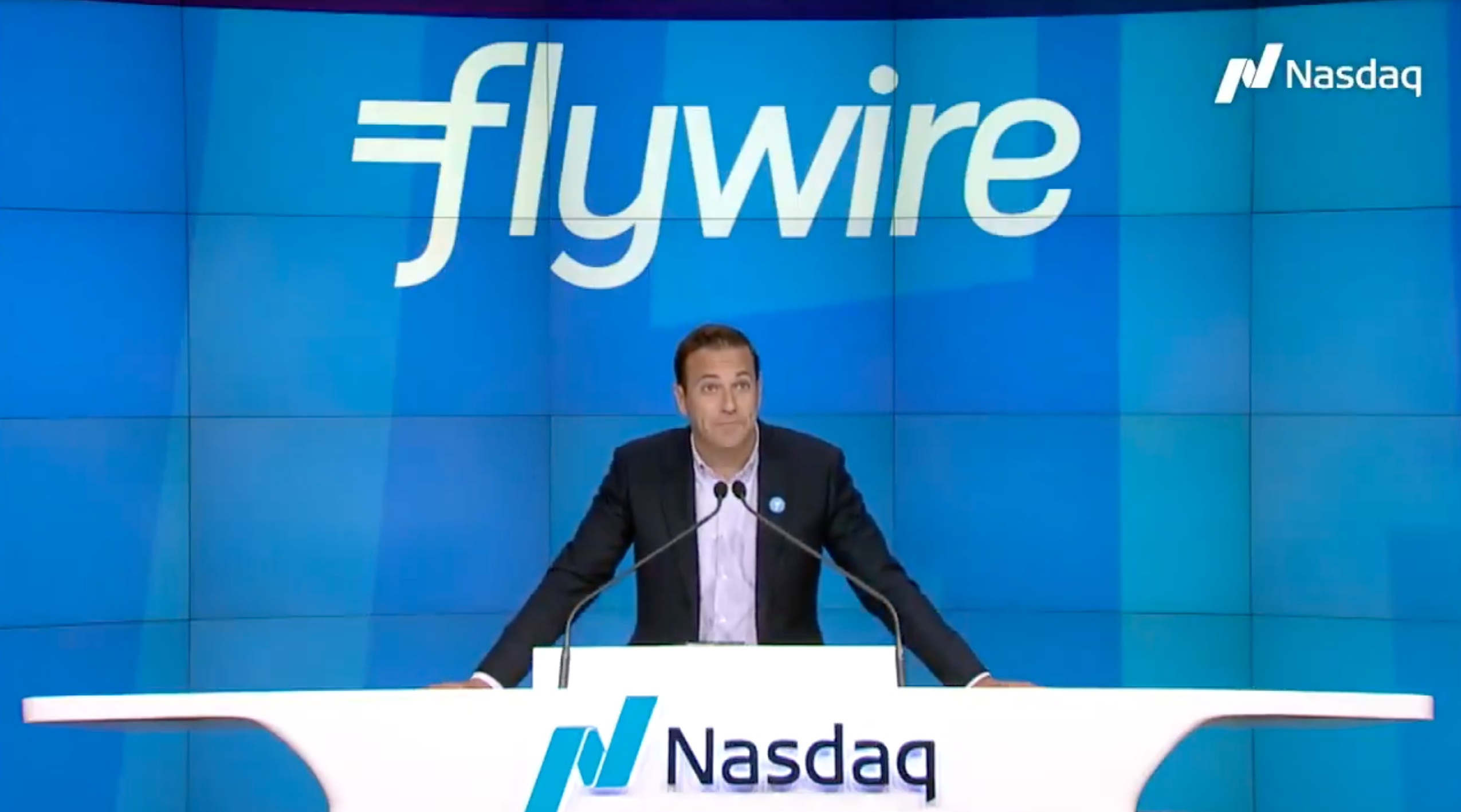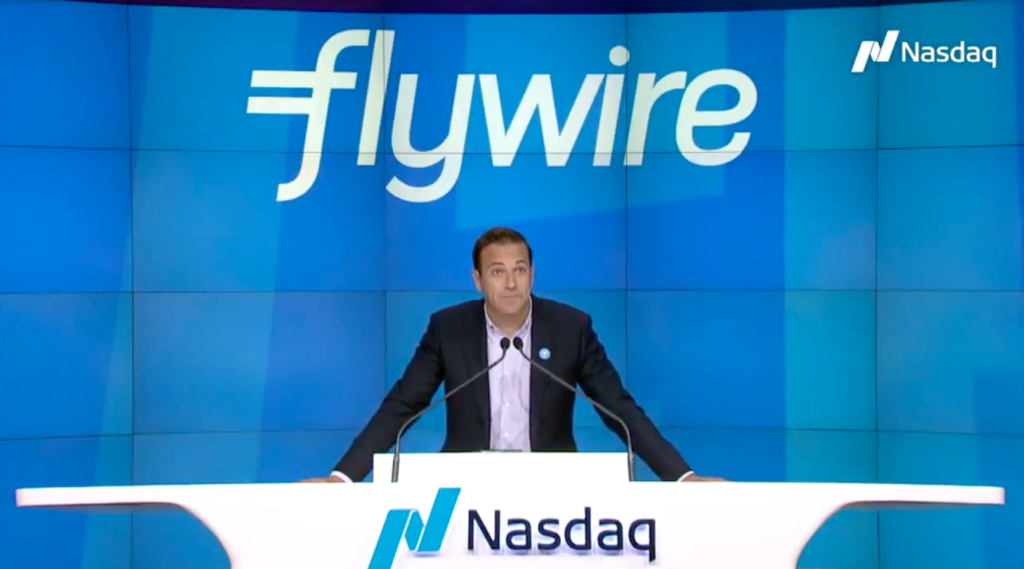
Millennial investing app Acorns announced plans today to go public using a merger with a special purpose acquisition company (SPAC).
The SPAC, Pioneer Merger Corp, is a blank check company founded in 2020 that aims to acquire Acorns in a deal valuing the fintech at $2.2 billion. The transaction is expected to complete in the second half of this year. Once finalized, Acorns will trade on the Nasdaq under the ticker OAKS.
Acorns’ new valuation of over $2 billion is more than double its last valuation. The company was estimated to be worth $860 million in January of 2019.
Prior to today’s announcement, Acorns was in the middle of another funding round, which would have added to the $207 million it had already raised since it was founded in 2014. Instead of closing another round of funding in the private markets, Acorns CEO Noah Kerner chose the SPAC route because he felt that Pioneer Merger Chairman John Christodoro was the right partner.
“Now was the time to go public to accelerate our growth and get the tools of responsible wealth-making in everyone’s hands as fast as possible, when they need it most,” Kerner told CNBC. “We just saw this as an accelerant on that journey.”
The timing is also right from a demand perspective. The pandemic, combined with media frenzy around meme stocks, fueled interest from new investors. Acorns clearly benefitted from this, having just completed its best quarter on record. The company doubled its number of subscribers compared to the fourth quarter of 2020 and now counts four million users.
Acorns has long been known for helping its millennial client base invest the “spare change” from their card purchases into index funds. The company has since expanded and now offers a debit card offering and more robust banking services such as mobile remote deposit check capture, direct deposit, check sending tools, and automated IRA investing for retirement.
Photo by Huibre Venter from Pexels


























